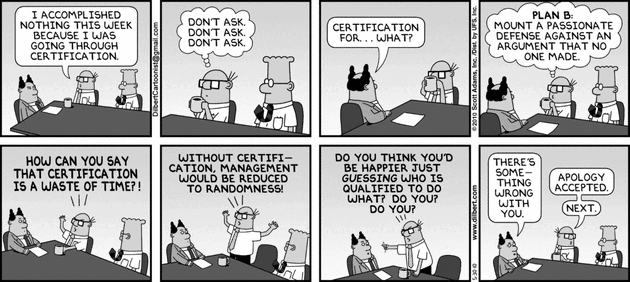Introduction
The Perfect Solution Fallacy is a mental model that refers to the tendency to reject viable options or settle for suboptimal choices because they fall short of an ideal or perfect solution. This fallacy arises from our desire for the best possible outcome and our inclination to believe that a perfect solution exists. Understanding this concept is crucial for effective decision-making, as it helps us recognize the pitfalls of pursuing unattainable perfection and guides us towards more realistic and practical choices.
Defining the Perfect Solution Fallacy
The Perfect Solution Fallacy occurs when individuals or groups dismiss feasible options because they do not meet an impossibly high standard of perfection. Instead of settling for a satisfactory or good enough solution, they hold out for an ideal outcome that may be unachievable or impractical.
Relevance in Decision-Making Processes
The Perfect Solution Fallacy has significant implications for decision-making. It often leads to decision paralysis, as individuals become so focused on finding the perfect solution that they fail to take any action or settle for a less-than-ideal but reasonable choice. This fallacy can hinder progress, delay decision-making processes, and prevent individuals from achieving their goals.
Anchored in Human Psychology
The Perfect Solution Fallacy is rooted in several psychological factors. One key factor is the optimism bias, which leads individuals to believe that they can find the perfect solution if they just search hard enough. Additionally, the fear of making mistakes or experiencing regret plays a role in avoiding decisions that may not result in an ideal outcome. Our cognitive biases, such as the availability heuristic and confirmation bias, also contribute to overestimating the possibility of a perfect solution.
Examples of the Perfect Solution Fallacy
- Personal Life Decisions: Imagine someone searching for a romantic partner. They may reject potential suitors because they believe there is a perfect match out there, leading them to remain single or pursue unrealistic criteria for a partner that may not exist.
- Business Scenarios: A company may delay launching a new product or entering a new market because they are constantly seeking the perfect timing, pricing, or features. As a result, they miss out on valuable opportunities and allow competitors to gain an advantage.
- Public Policy-Making: Governments may delay implementing policies or reforms due to the belief that a perfect solution is required. This can result in prolonged social and economic challenges, as the pursuit of an unattainable perfect solution hinders progress and improvement.
Mental Biases and Psychological Underpinnings
The Perfect Solution Fallacy is influenced by several mental biases. The anchoring bias leads individuals to fixate on an ideal outcome and compare all other options against this unrealistic standard. The confirmation bias reinforces this fallacy by selectively seeking information that supports the existence of a perfect solution while ignoring evidence that suggests otherwise. Additionally, the illusion of control leads individuals to believe they have more influence over outcomes than they actually do, further fueling the pursuit of perfection.
Identifying and Avoiding the Perfect Solution Fallacy
- Define Realistic Criteria: Clearly establish the essential criteria and goals for the decision at hand. Differentiate between “must-haves” and “nice-to-haves” to prioritize what truly matters and be willing to compromise on non-essential factors.
- Evaluate Trade-Offs: Recognize that decision-making often involves trade-offs. Assess the pros and cons of available options, considering the costs, benefits, and feasibility of each. Aim for a satisfactory solution that balances the trade-offs effectively.
- Embrace Iterative Improvement: Emphasize the concept of continuous improvement rather than seeking a one-time perfect solution. Implement solutions that are viable and can be refined over time based on feedback and learning.
- Seek Diverse Perspectives: Engage with different stakeholders and seek diverse perspectives to challenge your own biases and broaden your understanding of possible solutions. This helps avoid tunnel vision and promotes more balanced decision-making.
Conclusion
The Perfect Solution Fallacy can hinder effective decision-making by setting unrealistic expectations and impeding progress. By understanding the psychological biases that contribute to this fallacy, individuals can identify and overcome its influence. By embracing realistic goals, evaluating trade-offs, and seeking diverse perspectives, we can make more informed decisions that lead to better outcomes. Being aware of the Perfect Solution Fallacy and actively avoiding this mental trap is essential for achieving success in various aspects of life.
